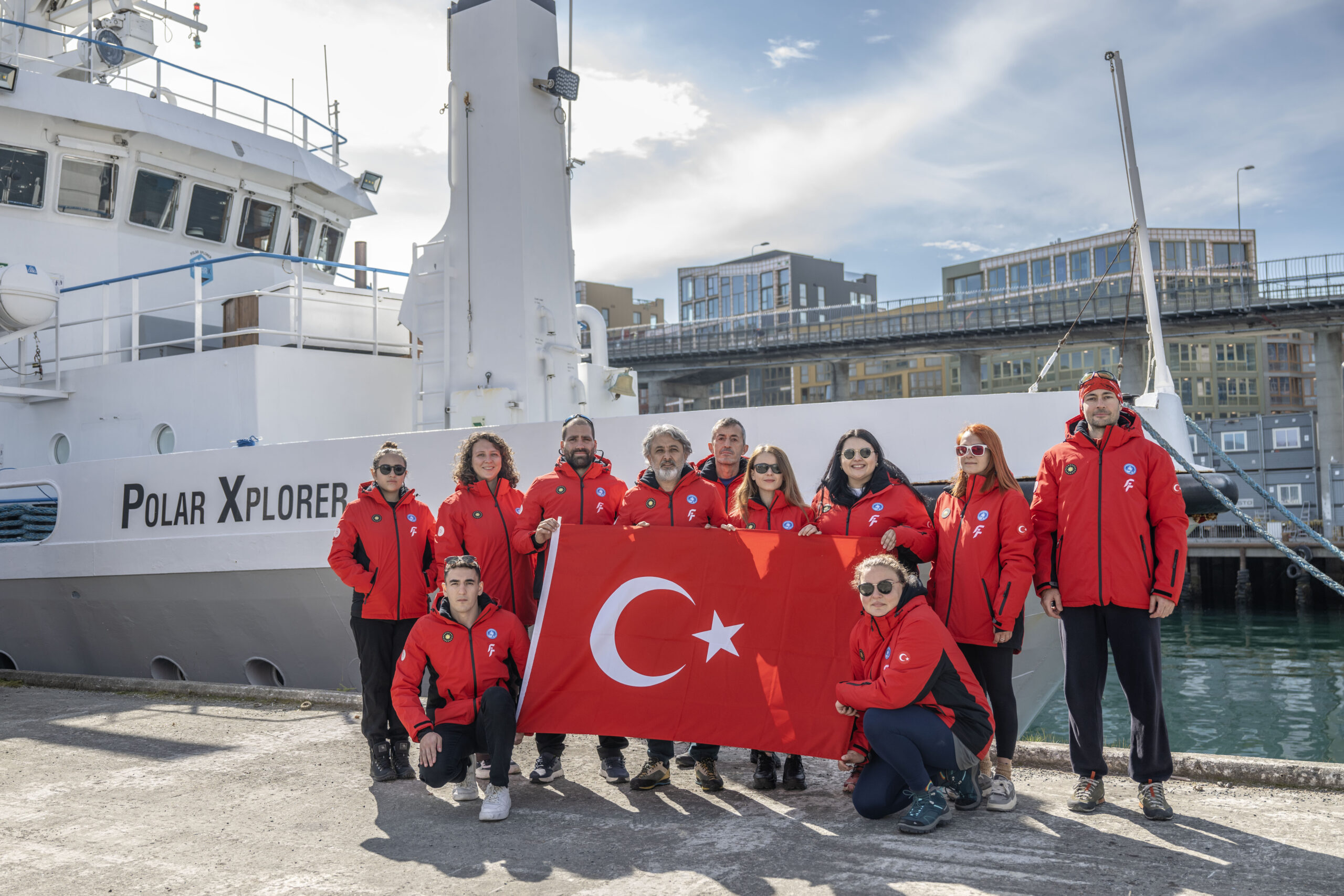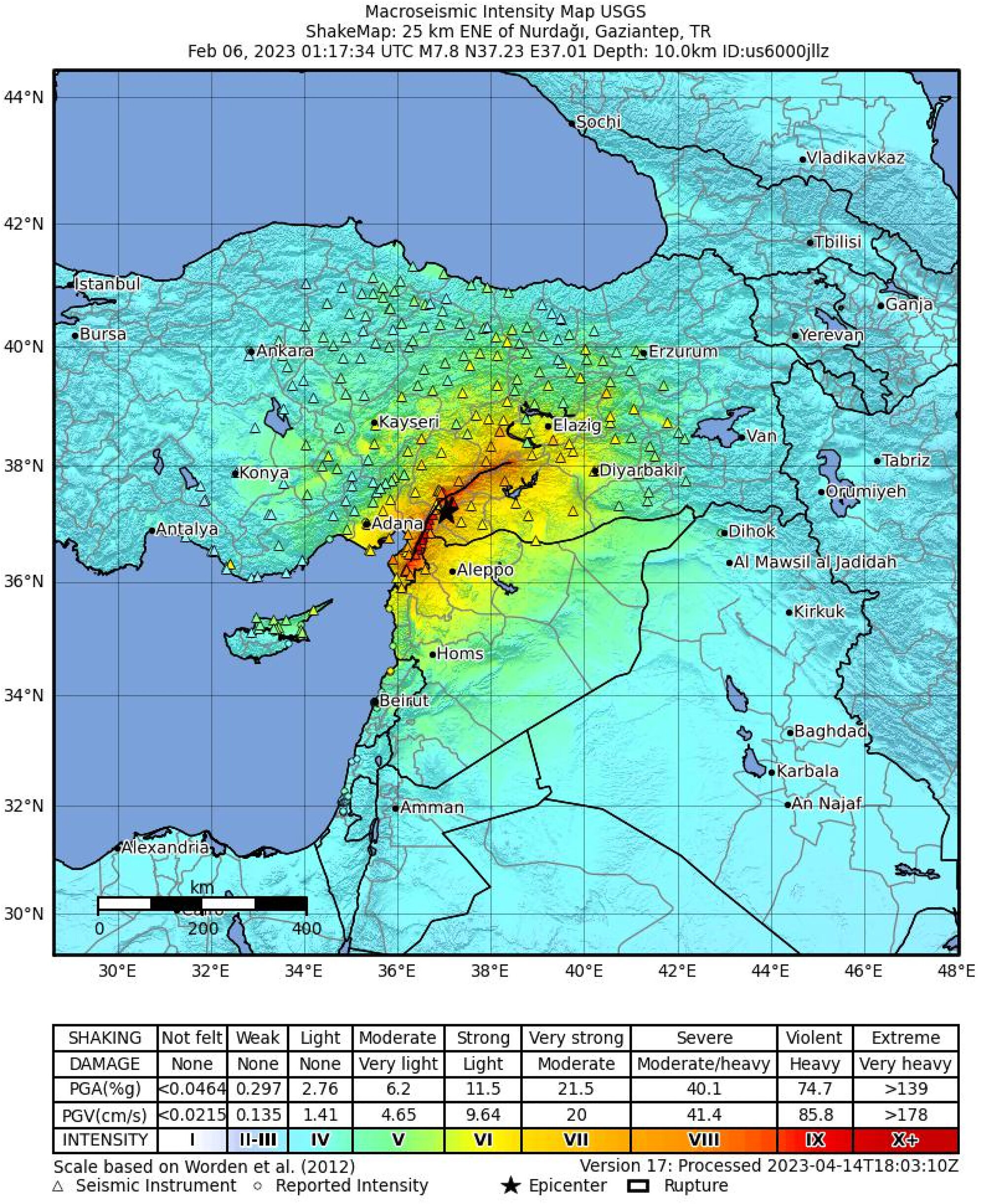Scientists discover potentially habitable Earth-sized planet

Scientists have discovered an Earth-sized exoplanet, Gliese-12b, just 40 light-years from our solar system.
Using NASA’s Transiting Exoplanet Survey Satellite (TESS), researchers have identified this planet as a significant candidate for potential habitability because of its size and proximity.
Could Gliese-12b become humans’ next home?
Gliese-12b orbits a red dwarf star in the constellation Pisces. The planet has a radius similar to Earth’s, suggesting it may have a rocky composition. It completes an orbit around its star every 12.76 days.
Unlike our Sun, Gliese-12 is a red dwarf, cooler and dimmer. This results in the planet receiving about 1.6 times the radiation that Earth gets from the Sun. This places Gliese-12b in the habitable zone, where temperatures could allow liquid water to exist on its surface.
Astrophysicist Shishir Dholakia from the University of Southern Queensland emphasized the significance of this discovery.
“This planet will give us the clearest answer yet for any potentially habitable planet as to whether it could support habitable conditions,” he said.
The planet’s estimated surface temperature is 42 degrees Celsius (107 degrees Fahrenheit), much cooler than Venus but warmer than Earth. The presence of an undetermined atmosphere is crucial for assessing its habitability. A thin atmosphere, similar to Earth’s, would be ideal for supporting life.
However, if it lacks an atmosphere or has a thick one like Venus, its conditions could be hostile.
“Gliese-12b represents one of the best targets to study whether Earth-size planets orbiting cool stars can retain their atmospheres, a crucial step to advance our understanding of habitability on planets across our galaxy,” Dholakia elaborated.
Further research on potentially habitable newly discovered planet
Gliese-12b’s discovery was confirmed through follow-up observations with various telescopes. Researchers are eager to use the James Webb Space Telescope (JWST) for further investigation, particularly to study the planet’s atmosphere. The JWST could provide insights into the atmospheric composition of Gliese-12b, which is essential for understanding its potential to support life.
Larissa Palethorpe, a co-lead researcher from University College London, pointed to the planet’s unique position. “In terms of habitability, it could lie between Earth and Venus, which is really exciting,” she noted.
Red dwarf stars like Gliese-12 make up the majority of stars in the galaxy, yet little is known about their planetary systems. This discovery provides an opportunity to study a planet orbiting a red dwarf, which can help researchers understand the development of planetary systems and the potential for life around these common stars.
Despite the challenges, Gliese-12’s relatively calm nature increases the chances that Gliese-12b will retain an atmosphere.
This stability makes it an excellent candidate for studying the habitability of planets around red dwarfs.
“The hypothesis that this planet is habitable is fascinating, but it’s exhilarating that we can actually test this hypothesis clearly. We can also extend these findings to other potentially habitable planets around red dwarfs – the most common kind of star in our galaxy,” Dholakia pointed out.



